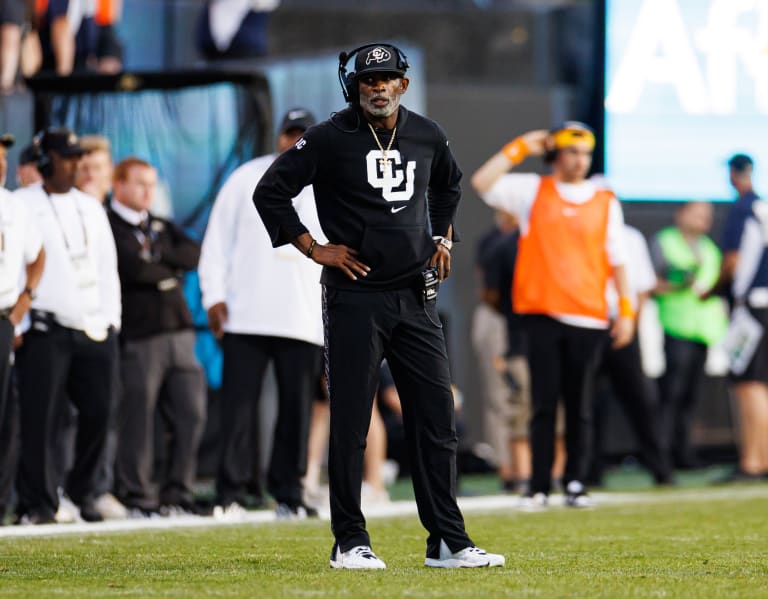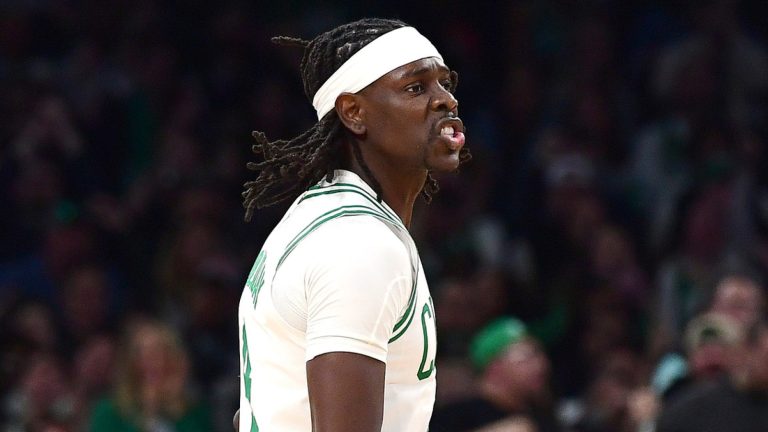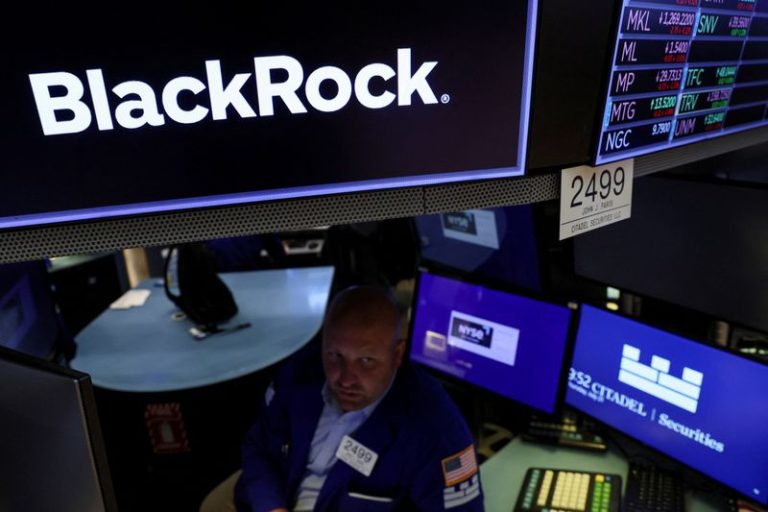Even as two Canadians hoping to hear their names called at the NBA draft, Will Riley’s and Ryan Nembhard’s stories are different, and their paths to success in the league likely will be as well.
Two things helped lift his stock over the past six weeks as the graduating senior from Gonzaga University was hop-scotching around the United States, working out for approximately 20 NBA teams (including the Toronto Raptors, who hold the 9th and 39th picks) in advance of the NBA draft Wednesday and Thursday.
As the younger brother of Andrew Nembhard, who was elevating his standing in the league’s eyes almost weekly as he helped the Indiana Pacers to Game 7 of the NBA Finals, his older brother’s performance could only help. Especially since they share similar traits such as high basketball intelligence and competitive willfulness, honed during driveway battles in Aurora, Ont., that routinely got heated.

-
Watch the NBA Draft on Sportsnet
A new crop of rookies will enter the NBA during the first round of the draft on Wednesday at the Barclays Center in Brooklyn, N.Y. Watch all the drama unfold live at 8 p.m. ET / 5 p.m. PT on Sportsnet and Sportsnet+.
As Andrew and the Pacers progressed through the playoffs, Ryan was working out for teams, trying to convince them he could bring to their program a lot of what his brother does for the Pacers.
“(Ryan) would go to these workouts the night after Andrew had a big game, and it would get teams’ attention,” said one source.
The playoffs also worked in Ryan Nembhard’s favour because they offered a nearly nightly reminder in the form of Pacers guard TJ McConnell, who emerged as a key figure in the Finals for Indiana, that there is room for smaller players to excel in the NBA.
Not that Nembhard’s credentials don’t stand on their own. The 22-year-old point guard finished his four-year college career by leading the NCAA in assists and assists per game last season, and set school and conference records for single-season assists, which is saying something given Hall of Famer and all-time NBA assist leader John Stockton played at Gonzaga.
Nembhard dished out 344 helpers in 35 games, or 9.8 per contest. And he did it efficiently, too, ranking third nationally in assist-to-turnover ratio. Throw in his 10.4 points per game scoring average, 1.7 steals and a college career-best 40.4 per cent from the three-point line, the question about Nembhard shouldn’t be “will he get drafted?” Instead, it should be “how high?”
Unfortunately, for much of Nembhard’s competitive basketball career, the question has often been “how tall?”
Nembhard measured five-foot-11 without shoes at the NBA draft combine in mid-May, a problem in the eyes of some, given that last season there were only six players in the NBA who played at least 40 games while being listed at six feet or less. That McConnell (who measured just over six feet without shoes at the 2015 draft combine) was taking over Finals games in his ninth NBA season after going undrafted out of the University of Arizona doesn’t change the reality that his example is more the exception than the rule.
“I am who I am, man,” Nembhard told me at the NBA draft combine when asked about his height. “You can either take me or not. I feel like I have the heart and the will, and (I’ve) done it at every level I’ve been at, regardless of size. I don’t see why that would stop now. I just need the right opportunity with the right people that believe in me and believe that I have a chance at this level. I know I can play at this level, but it’s going to come down to who believes in me and who gives me the opportunity.”
Nembhard is projected as a late second-round pick, but his sheer number of workouts is encouraging: “Kids that work out for that many teams tend to get drafted,” said one source.
His brother Andrew’s path offers encouragement too, blossoming into a foundational two-way player on a Finals team just three seasons after being picked in the second round, also out of Gonzaga.
“We talk every day, I just tell him to compete,” Andrew said when I asked him about Ryan during the Finals. “Show them that he really cares and he is willing to do whatever it takes to help teams win.”
Ryan — like his brother did during the 2022 draft process — excelled during the scrimmage portion of the combine. He was miffed that he had to work his way up from the G-League combine.
“I feel like I should’ve been here in the first place,” he said, but he didn’t let that bother him. Instead, he put up 21 points, 14 assists (against just three turnovers) and added five steals in 44 minutes while shooting 57 per cent from the floor across two scrimmages.
When he was on the floor, the scrimmages between teams of players thrown together for the first time looked like basketball games, with a recognizable rhythm and flow. When he sat, it wasn’t the case.
“He’s got the best feel and the best mind in the draft,” said Gonzaga assistant coach Stephen Gentry, who has fielded calls from a number of NBA teams about his former point guard. “And I think that showed itself during our season, that showed itself in the G league combine and in the NBA combine where there’s some guys that stand out for the wrong reasons. They just don’t know how to play basketball, and Ryan does.”
Riley can play too, but his prospects and challenges are different than the ones Nembhard is facing.
With Riley, his size is one of the qualities NBA scouts are most excited about: six-foot-nine teenagers with guard skills will always stand out, and Riley helped his cause by averaging 12.1 points, 4.1 rebounds and 2.3 assists for a very good University of Illinois team in the highly competitive Big 10 conference.
The question that scouts have about Riley — projected to be taken in the back half of the first round — is whether he will be strong enough to handle the physical demands of the NBA on both sides of the ball, and how long it might take for it to happen.
“I just feel like I have to work on my physicality right now,” Riley said when I spoke with him at the draft combine. “Just adding a little more weight, which I’m capable of doing because at Illinois I came in at like, 170 and left at 190, so that’s probably the main thing I gotta do to translate to the NBA.”
It’s a tall order. There is no league more physical than the NBA, and Riley wouldn’t be the first teenager to learn the hard way that all the skill in the world doesn’t matter without the strength and balance to hang with stronger defenders. Similarly, players who don’t have the physical robustness to match up defensively can have a hard time seeing the floor early in their careers. Another season of college might have helped Riley in both respects, but he’s up for the challenge presented by turning professional after one season with Illinois, where he got better as the season progressed.
“I love facing adversity, I feel like that’s what makes me be me,” said Riley, who the NBA invited to attend the draft in person, usually a good indication that his name will be called in the first round. “Just getting over those humps.”
While Riley doesn’t have an older brother in the NBA to check in with, he is close with Portland Trail Blazers guard Shaedon Sharpe, who grew up in nearby London, Ont., and of course has had the benefit of fellow Kitchener native Jamal Murray as a role model. Meanwhile, he trains under the guidance of Dwayne Washington, founder of Uplay, the high-octane AAU program that counts NBA MVP Shai Gilgeous-Alexander among its alumni.
“I feel like we have a similar game style,” said Riley, in reference to Gilgeous-Alexander. “We both have very unique ways of scoring, being able to change pace. I feel like I take a lot of my game from him.”







